America’s outsourced spy force, in seven charts
Edward Snowden wasn’t your traditional spy. He was, however, a very modern one, a guy who worked from a computer terminal in an office, similar to how a modern bomber pilot might control his drone. The weekend’s big revelations about the NSA’s biggest revealer prompt a natural question: How many Snowden-type spies with top secret security clearance are there?
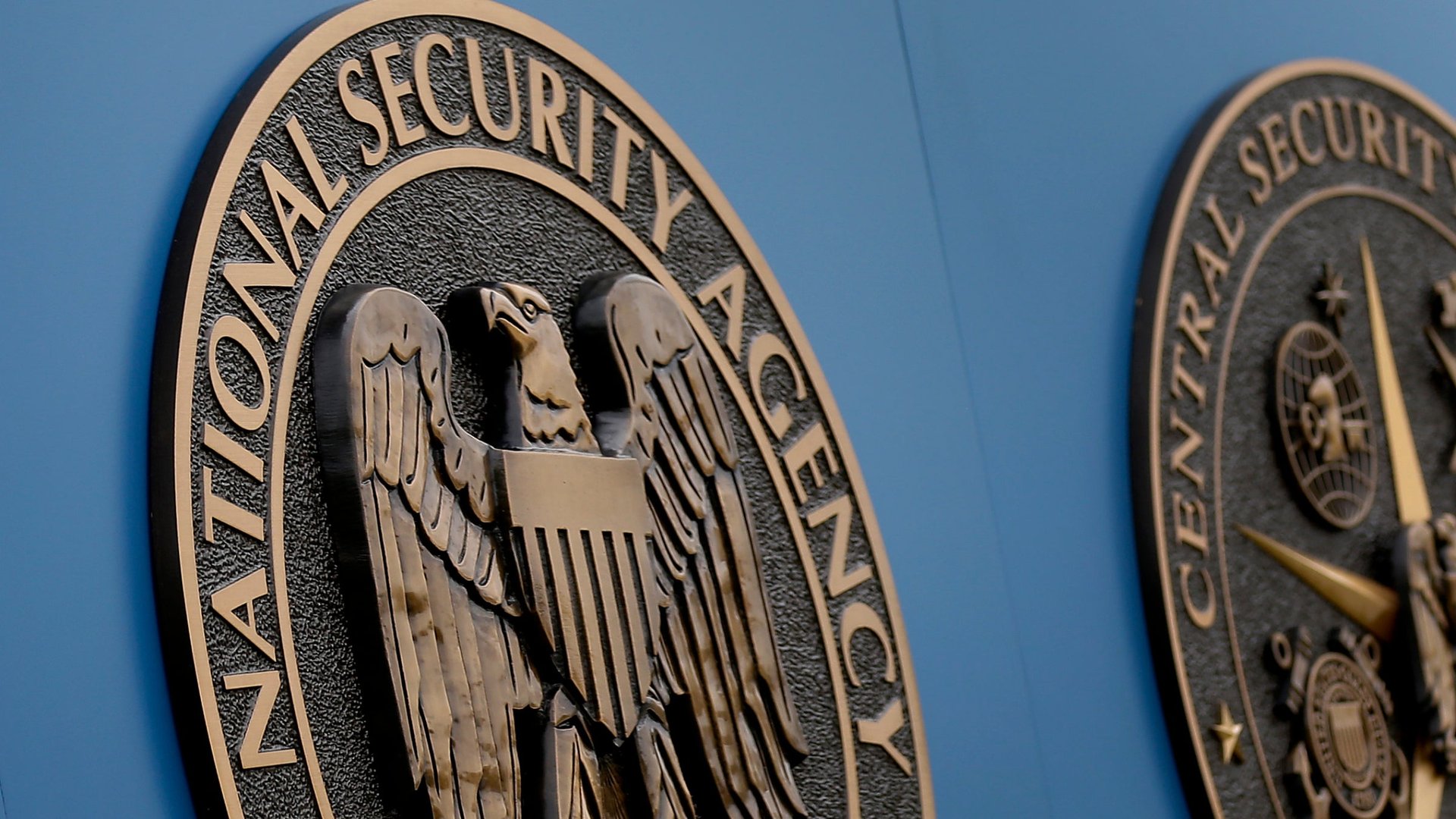

Edward Snowden wasn’t your traditional spy. He was, however, a very modern one, a guy who worked from a computer terminal in an office, similar to how a modern bomber pilot might control his drone. The weekend’s big revelations about the NSA’s biggest revealer prompt a natural question: How many Snowden-type spies with top secret security clearance are there?
There’s another way in which Snowden was a modern spy. He didn’t work for the government, but for a government contractor, Booz Allen Hamilton. Snowden’s emergence has drawn a great deal of attention to the company, about which it is almost certainly not excited. Both The New York Times and The Wall Street Journal have stories detailing the growth of contractor dependency in the federal government, looking at Booz in particular. As does our sister publication National Journal, which quotes former NSA head Michael Hayden: “There isn’t a phone or computer at [NSA headquarters] that the government owns.”
That’s primarily because of shifts in how the government operates. Right now, federal employees make up less than one percent of the American population.
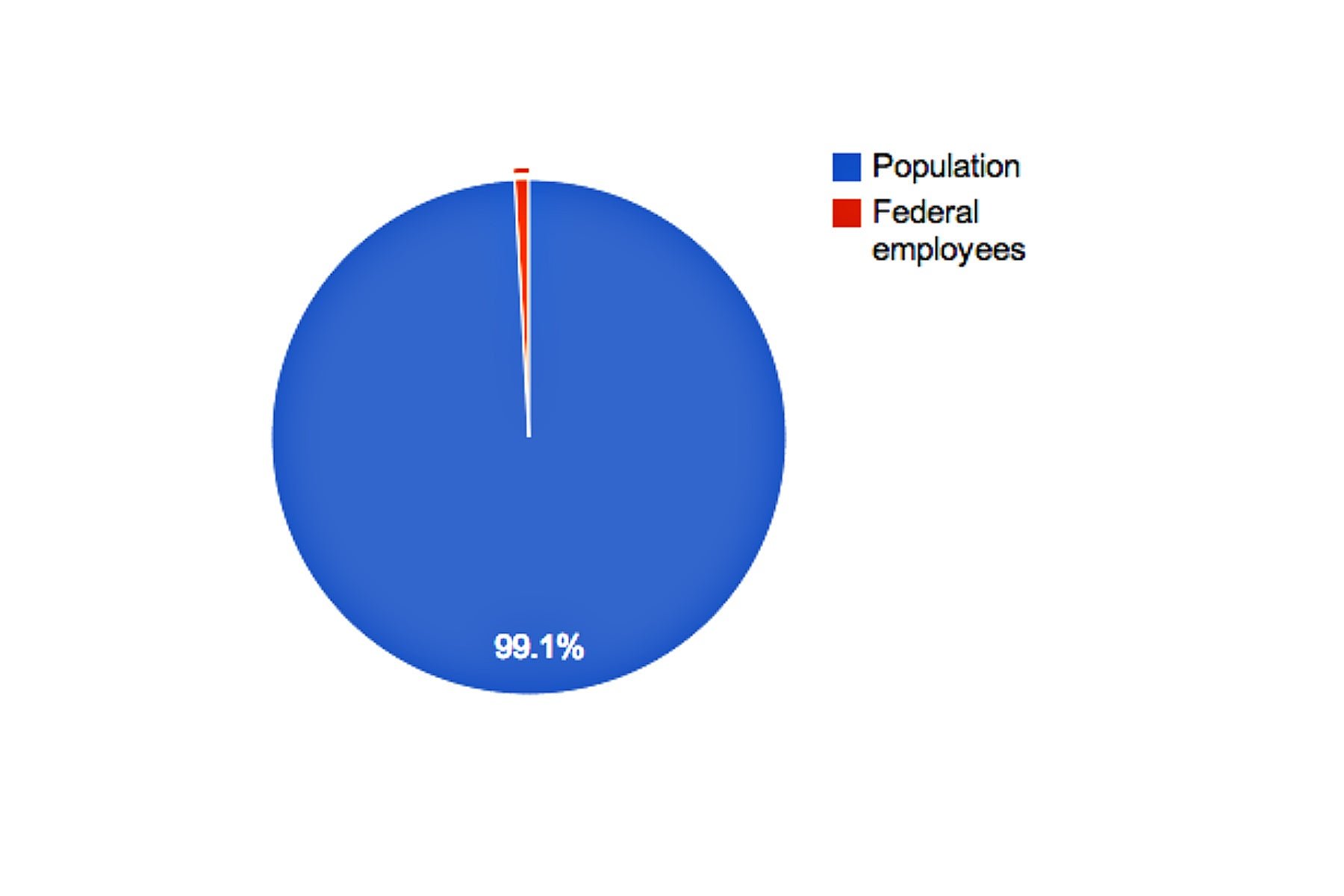
Since 2000, the number of people employed by the federal government has stayed generally flat.
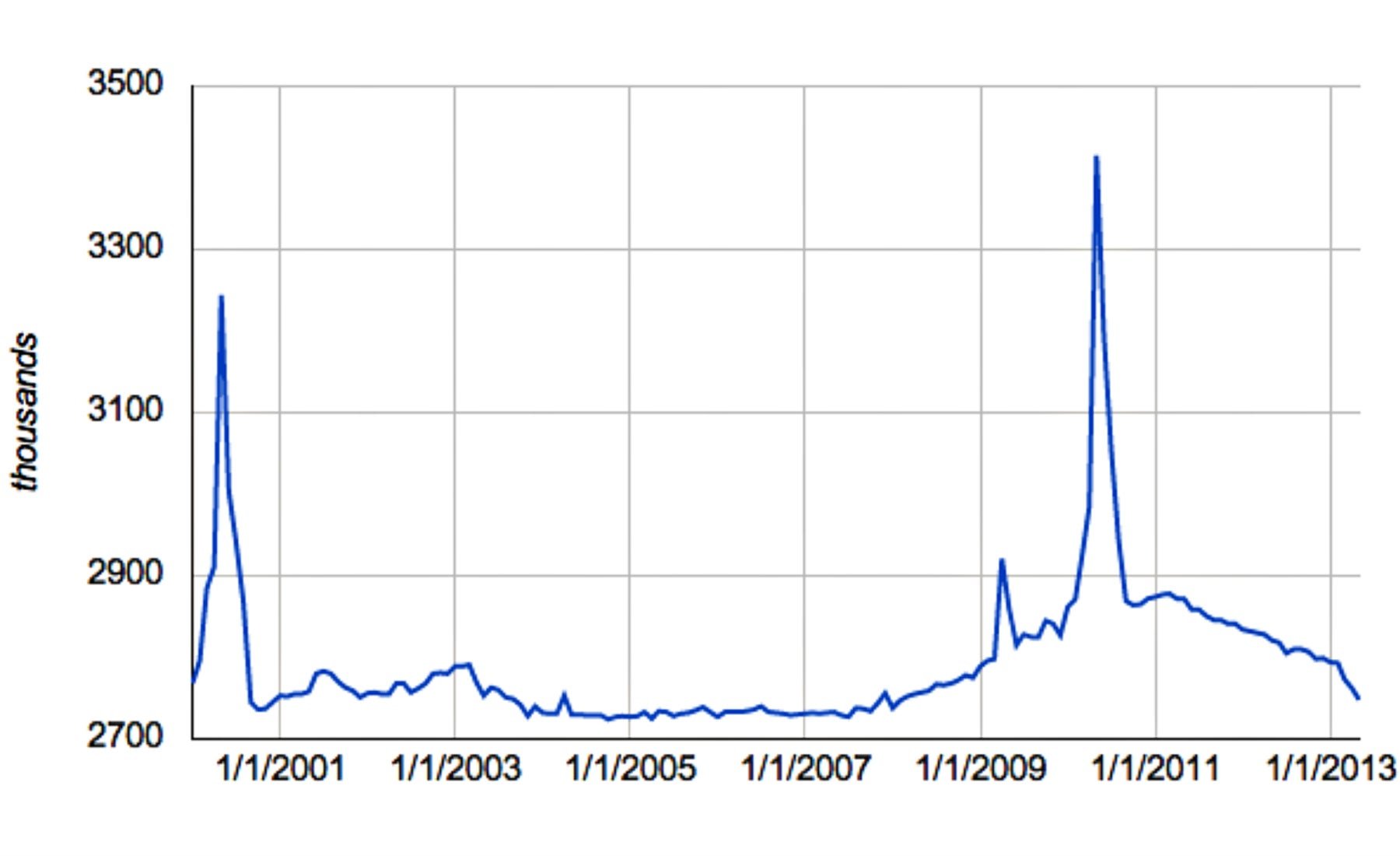
As the Journal notes in its article, that number is dwarfed by those holding security clearance.
As of last October, nearly five million people held government security clearances. Of that, 1.4 million held top-secret clearances. More than a third of those with top-secret clearances are contractors, which would appear to include Mr. Snowden.
Or:
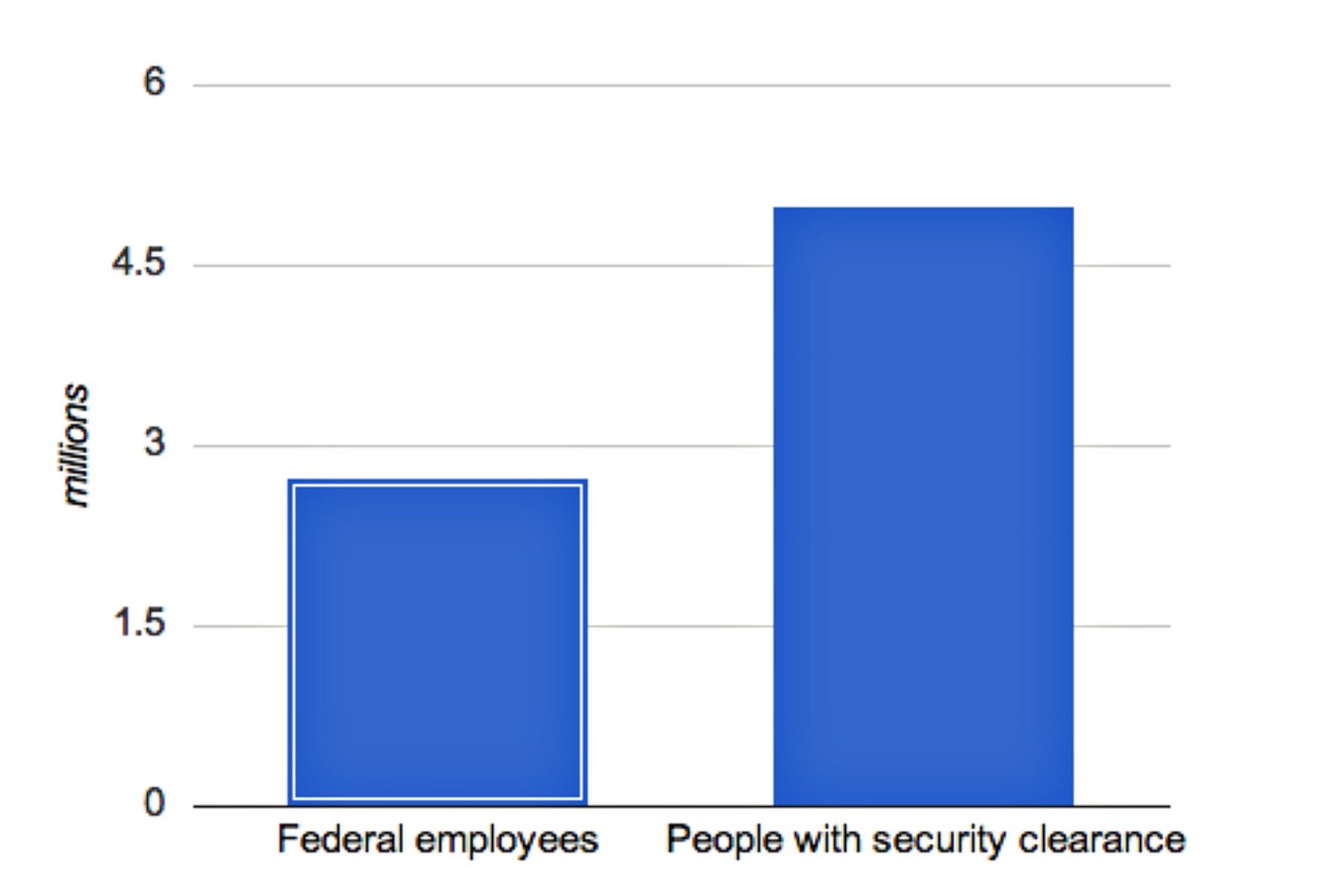
The number of people holding security clearance is equal to about 1.6 percent of the population of the country.
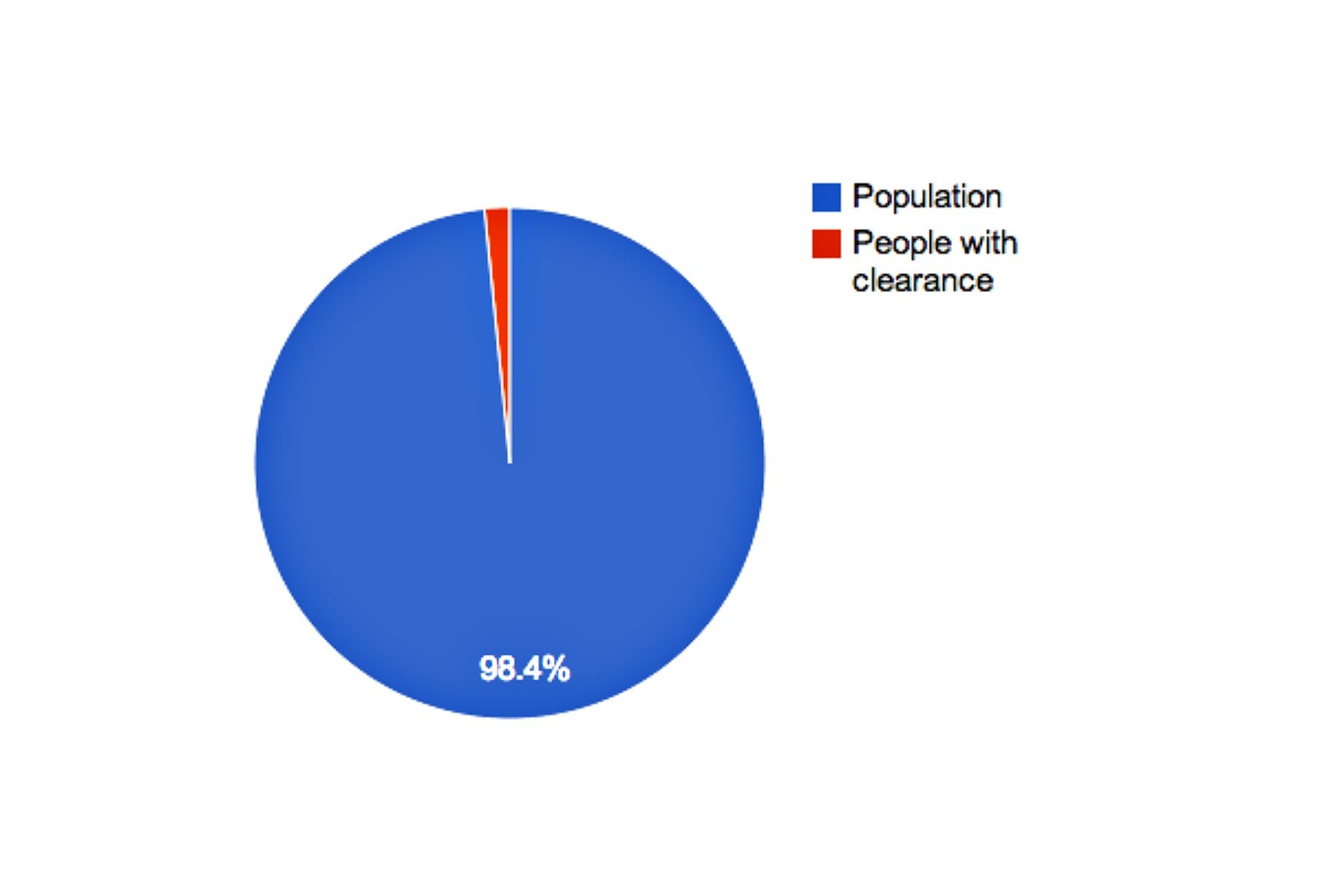
One does not have to be an American citizen to hold clearance, however. The State Department explains the process for receiving such clearance, which comes in three types: Confidential, Secret, and Top Secret, the highest level. To receive clearance, one must fill out Standard Form 86, which includes questions for those who are not citizens.
According to the Journal, those five million clearances break down like this.
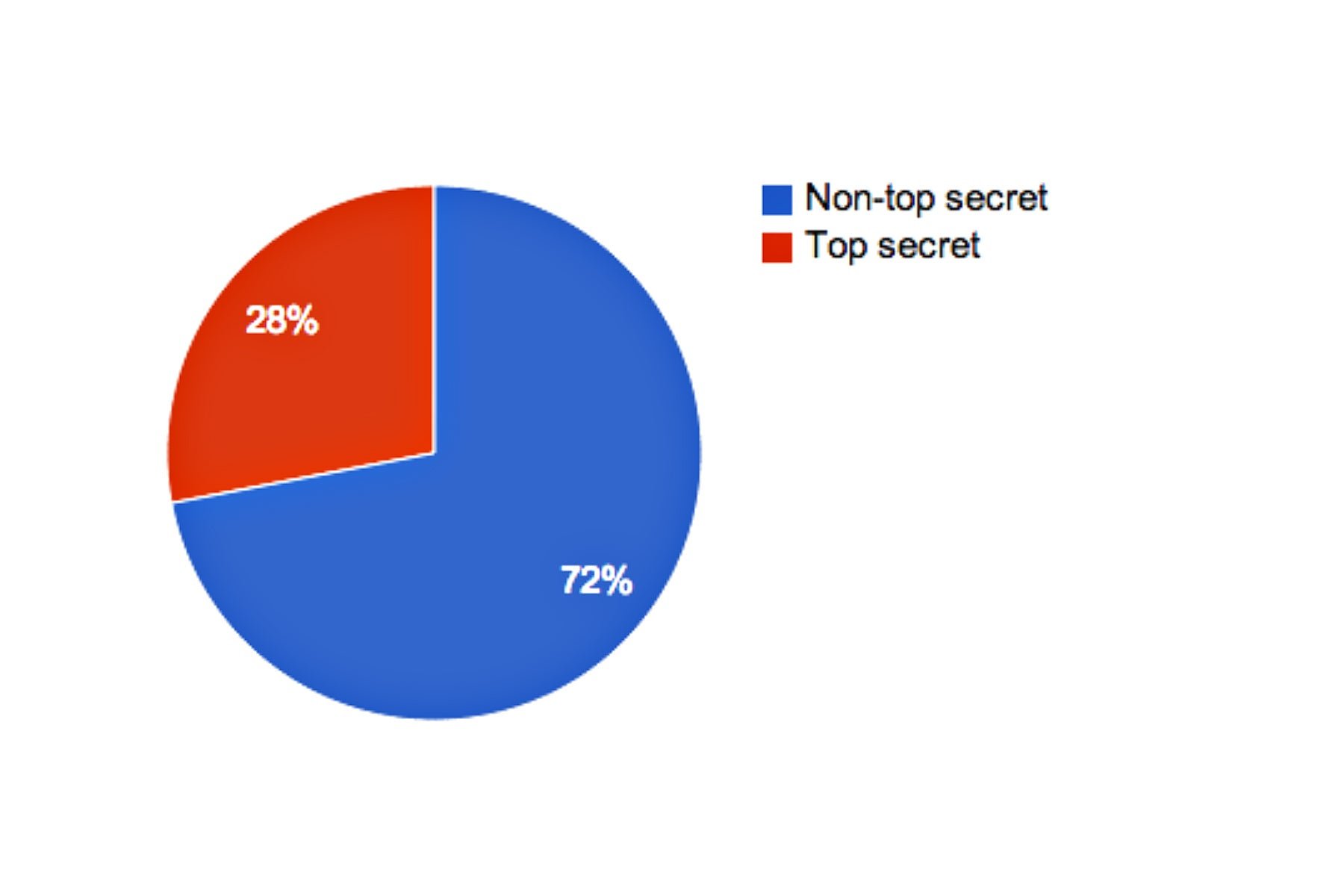
Snowden, is a contract employee, who had highest level of clearance. Again, from the Journal‘s data:
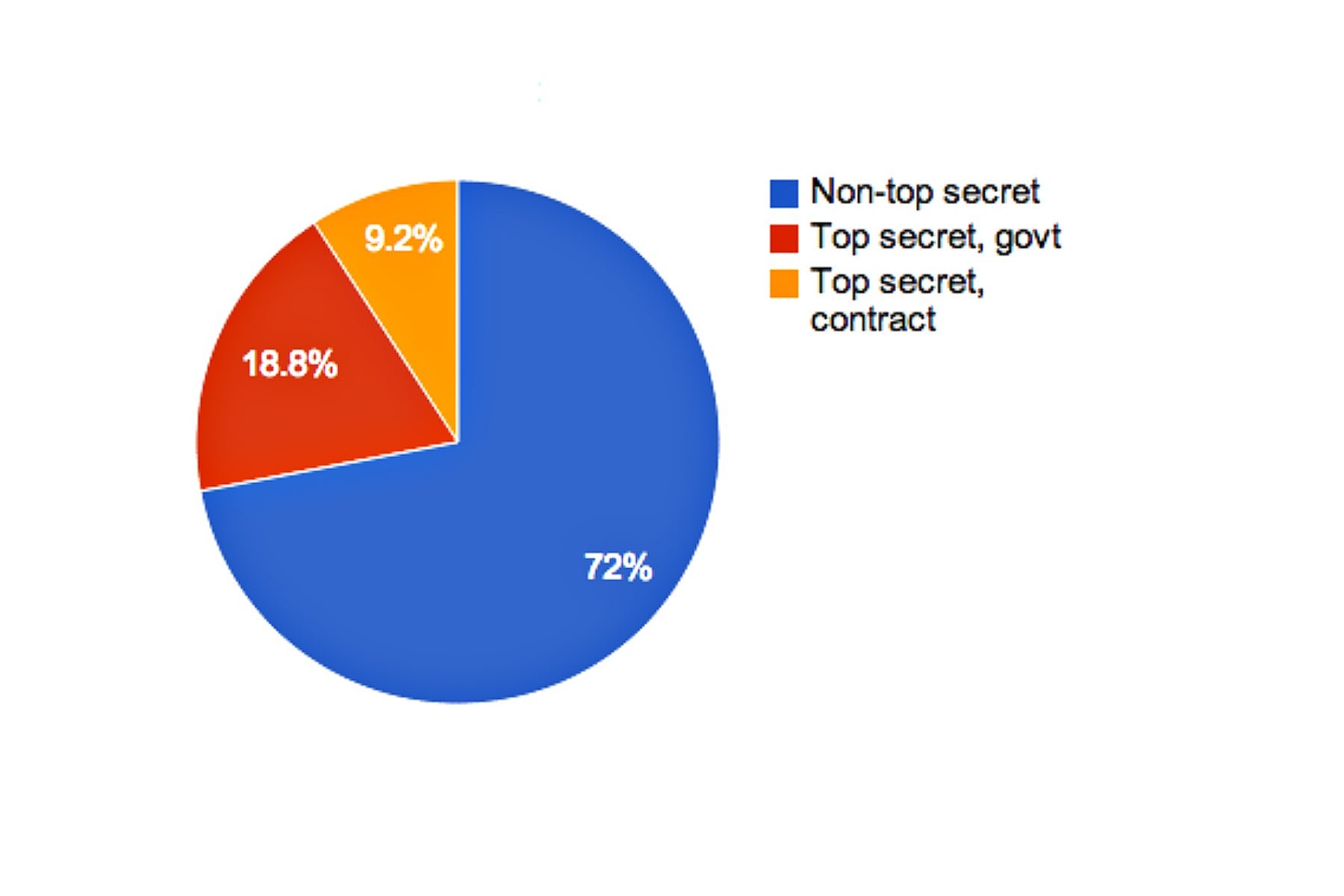
In its look at Booz, the Times indicates how closely the company is tied to the government.
As evidence of the company’s close relationship with government, the Obama administration’s chief intelligence official, James R. Clapper Jr., is a former Booz executive. The official who held that post in the Bush administration, John M. McConnell, now works for Booz.
But of those contractors who hold top secret clearance, only a small fraction work for Booz. The Times reports that it employs 25,000 people, half of whom have the highest level of access. The breakdown of just top secret clearances, then, looks like this.
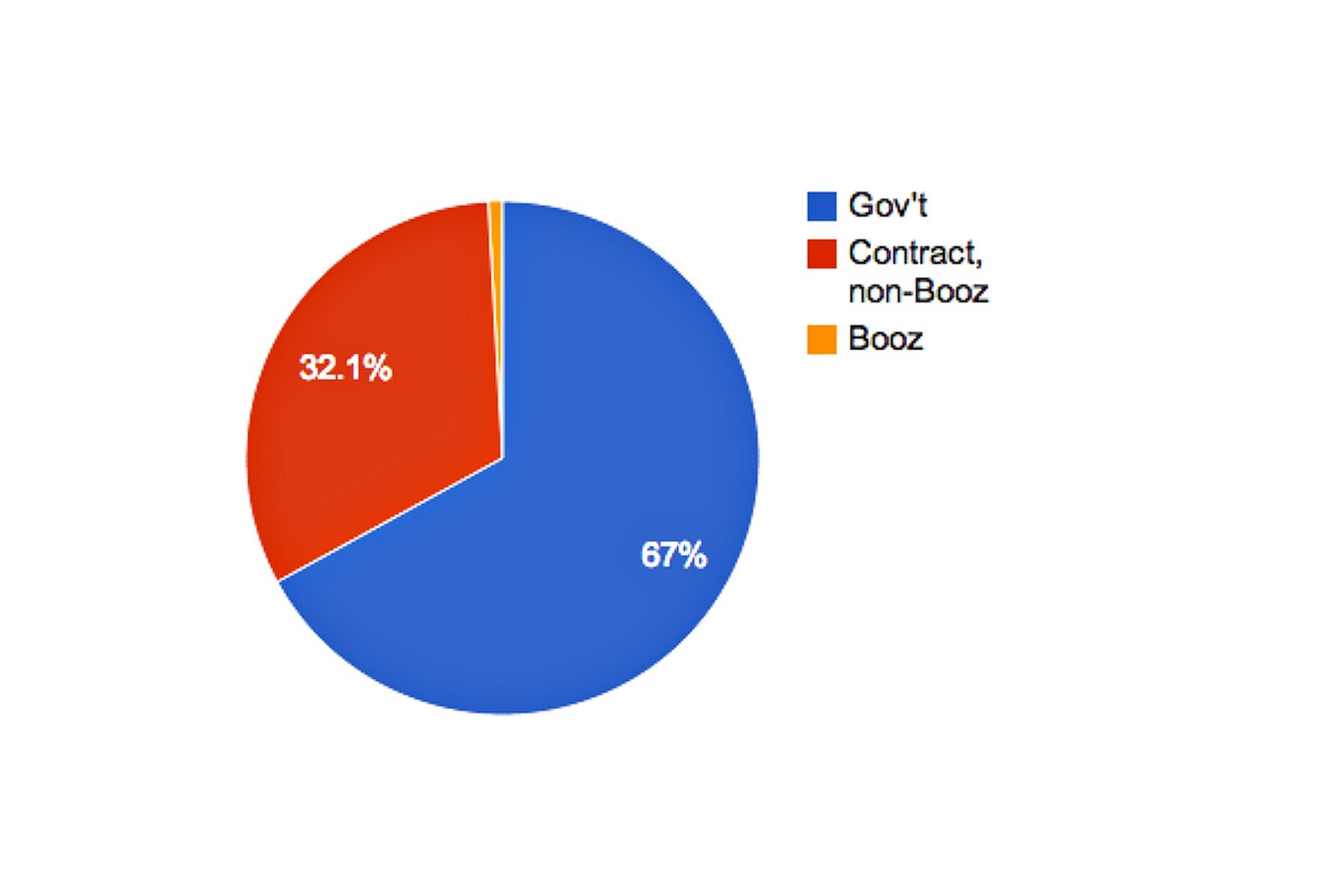
That means that there are an estimated 450,000 people beyond those that work for Booz who have top secret clearance. Again, the Times:
“The national security apparatus has been more and more privatized and turned over to contractors,” said Danielle Brian, the executive director of the Project on Government Oversight, a nonprofit group that studies federal government contracting. “This is something the public is largely unaware of, how more than a million private contractors are cleared to handle highly sensitive matters.”
Many — or most — of whom, like Snowden, spend their days analyzing the reams of data that Snowden so suddenly brought to public attention. John Schindler, a former NSA officer, tweeted his opinion on such employees. (“CI” stands for “counter-intelligence.”)
Nor is the way in which those “IT weenies” got clearance beyond critique. In February, John Hamre, a former deputy secretary of defense, wrote a column for The Washington Post expressing his frustration with how poorly constructed the State Department’s clearance renewal process is. It concludes:
I have dedicated 38 years of my life to America’s national security. I know there are spies in our midst. We can improve security and save money simultaneously. But our country needs a system built for the 21st century. The current system is pathetic.
It is now safe to expect some reforms. But the trend will probably continue: more Edward Snowden spies, working for private companies, scanning highly confidential information.